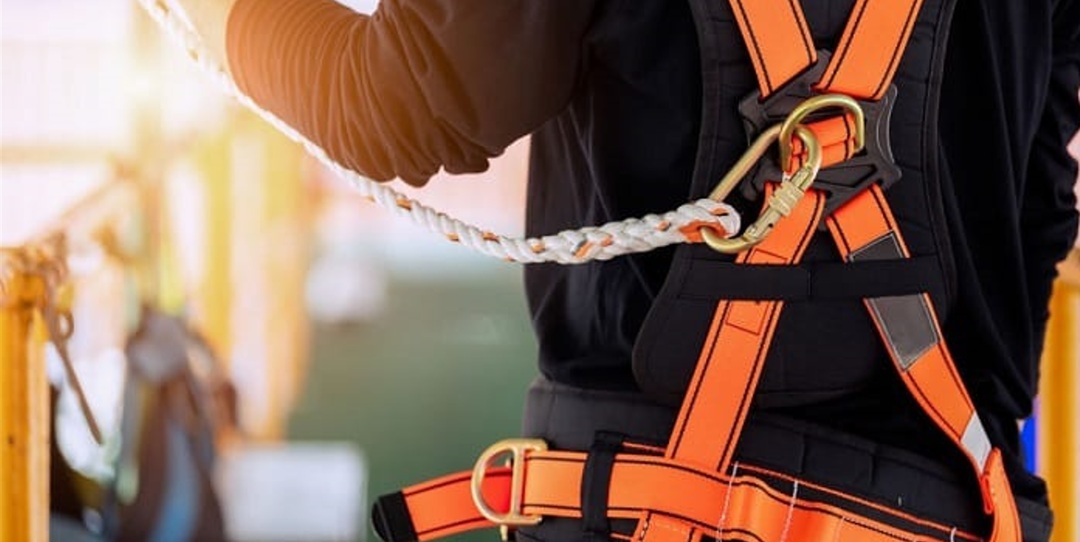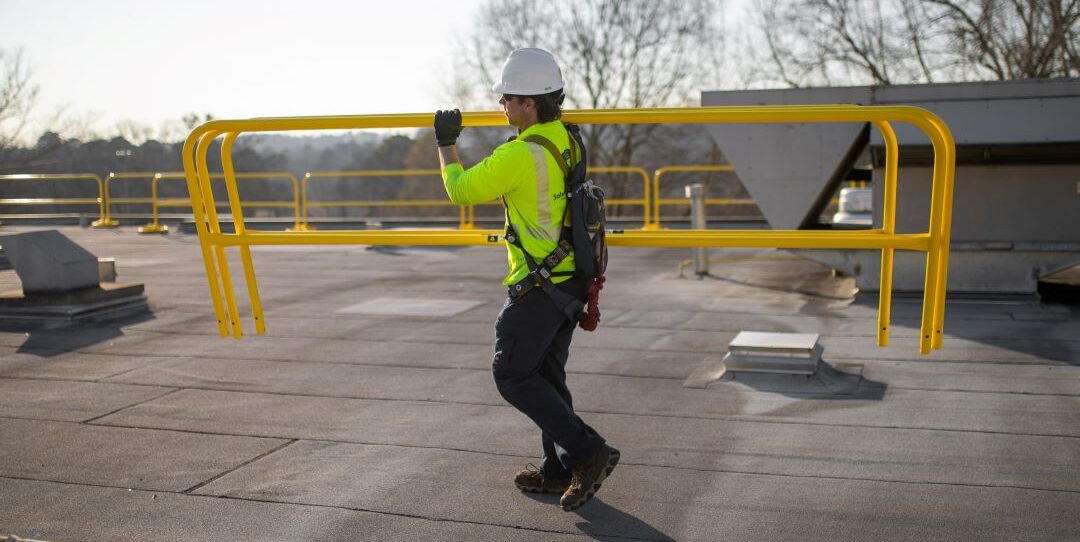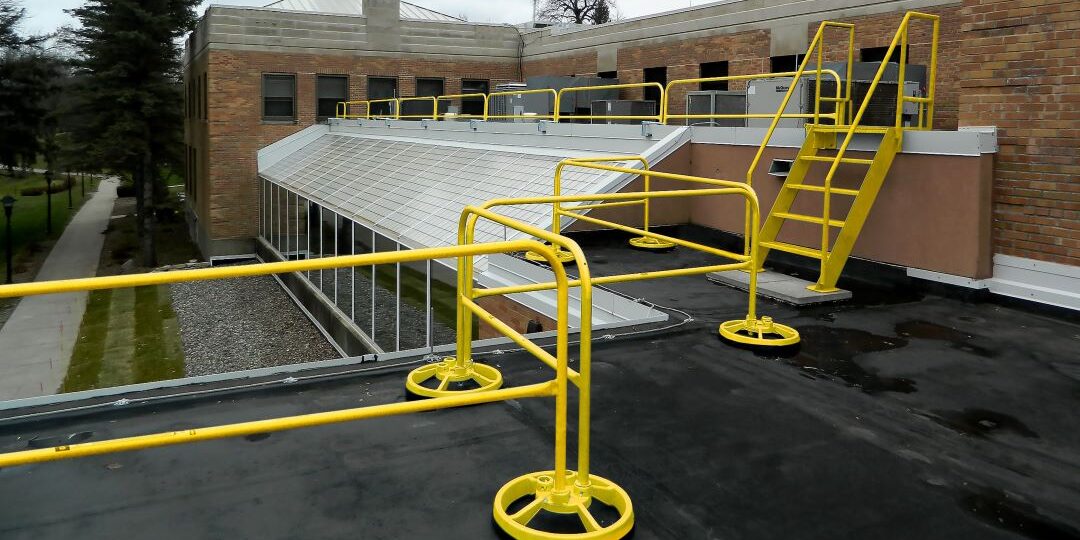Selecting a harness-based fall-protection system seems like an easy, straightforward method of hazard mitigation. And while harnesses undoubtedly save lives and provide a quick path to short-term institution, it’s important to remember that these systems often include a number of long-term complexities and organizational responsibilities.
One of the primary questions asked about active fall protection is: do harnesses have an expiration date?
The answer is… it’s complicated.
Until 2012, ANSI’s standards called for a five-year expiration guideline; however, this was revised to state that safety-harness expiration should be determined by regular inspections, conducted by a competent and qualified person, and by adhering to the manufacturer’s instructions.
The reason why is obvious: there are too many variables to make a single, uniform lifespan guideline. How often is it used? Where is it stored? What are the elements it faces? What work is being performed while it’s being worn? Who is wearing it? Instead, the expiration of a harness must be determined by the organization itself on a unit-by-unit basis.
So, how do you know if your harness is still usable and safe?
Pre-use inspections must be performed before every deployment, in addition to a more thorough examination conducted at least every six months by a specially trained inspector. And what exactly does this inspection entail? OSHA’s inspection guidelines include seven pages of details, diagrams, and checklists — everything from webbing (cuts, cracks, deterioration, mildew) and stitching (pulled or missing stitches, heat damage, discoloration) to hardware (distortion, rust, cracks, modification) and tagging system requirements (legibility, model, dates, limitations, warnings).
This comprehensive inspection process is time-consuming, complicated, and ultimately costly.
The beauty of a guardrail-based safety system is its simplicity: install it today and have total peace of mind tomorrow. Passive fall-protection systems like those utilizing safety rails require no user adoption or training and have limited to zero ongoing maintenance.
Bypass the headaches of harnesses — and their unclear, complex lifespan rules — by instituting a guardrail safety solution!

Related Posts

Crossover Ladder: Bridging the Gap to Workplace Safety and Efficiency
Introduction In the crazy-fast evolving work environments of today, prioritizing the safety of your employees has never been more important. Numerous industries demand [...]

Non Penetrating Roof Railing: Safety Simplified
Introduction to Non Penetrating Roof Railing In the demanding day-to-day of an EHS manager, balancing safety and compliance is crucial. One of the [...]

Fall Protection Solutions: The Comprehensive Guide
Beyond Basics: Evaluating and Implementing the Ideal Fall Protection Solutions for Your Facility What fall protection solutions should I implement at my facility? [...]



